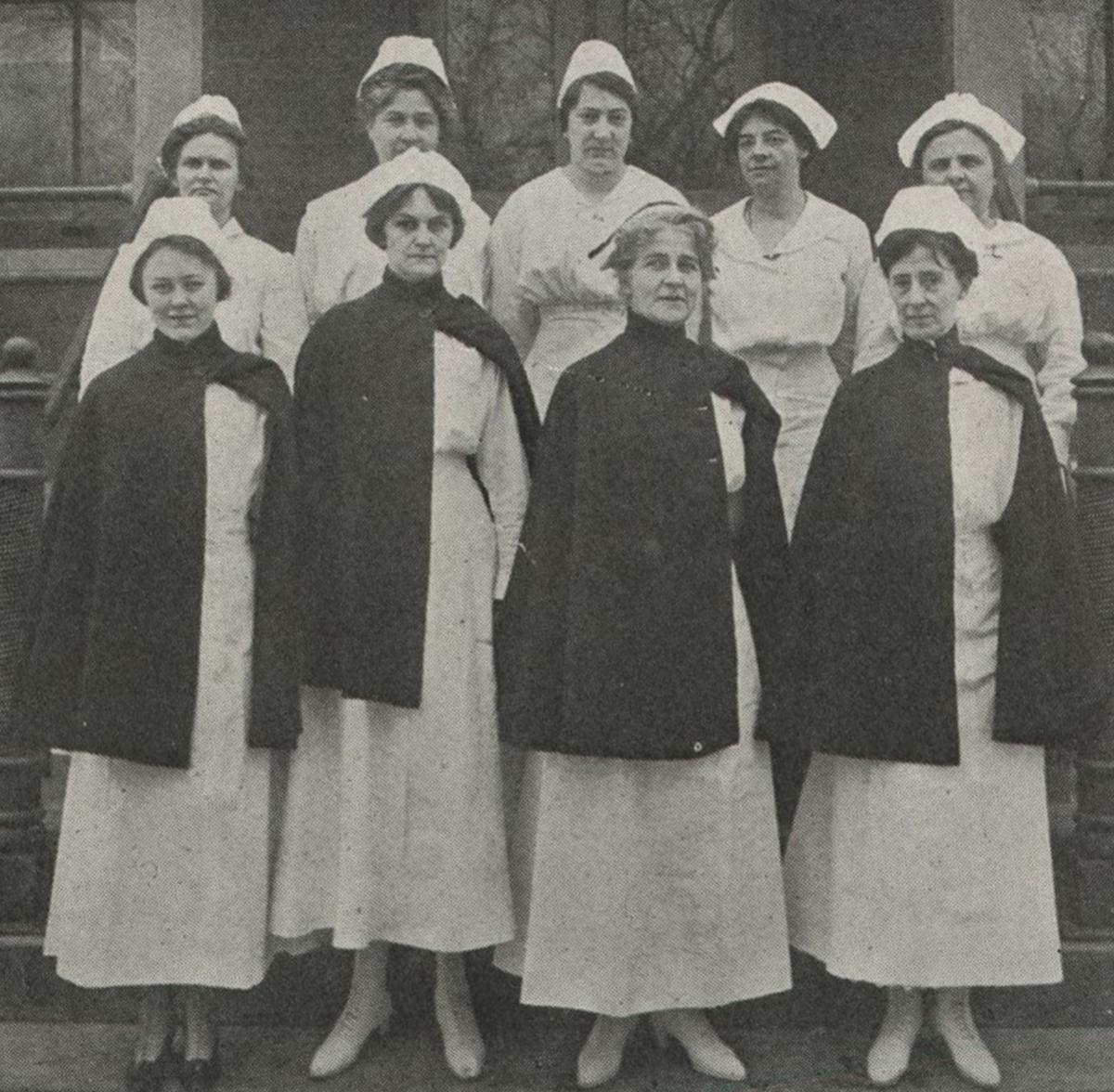




Methodist in the Media
In 1918 flu pandemic, Omaha had second surge of cases after lifting restrictions
Published: May 4, 2020 After four weeks cooped up indoors because of a deadly pandemic, the people of Omaha wanted to party.
After four weeks cooped up indoors because of a deadly pandemic, the people of Omaha wanted to party.
During October 1918, Omahans had chafed under restrictions that had closed churches, schools, movie houses, theaters and public gatherings, and had banned parades and large meetings. Already 442 people had died from the lung-clogging influenza — but business owners hated the loss of livelihood and feared that their customers wouldn’t return.
So there was relief and excitement when Omaha Health Commissioner E.T. Manning and the State Board of Health announced that most restrictions would be lifted Saturday, Nov. 1.
Within a week, Manning threatened to restrict gatherings again after 30 cases and 11 deaths were reported in one day. That heralded a “double hump” in flu cases, which surged after a massive Armistice Day celebration Nov. 11 and made December 1918 almost as deadly a month as October.
The 1918 experience raises questions about decisions today by state and local governments to ease restrictions, allowing businesses to reopen and small public gatherings to resume.
Both influenza and the coronavirus are spread by droplets through coughs and sneezes, which means that they can be controlled through social distancing, said Dr. Robert Penn, medical director of infection and prevention at Omaha’s Methodist Hospital.
Penn said how the novel coronavirus spreads is still being studied.
“It’s plausible that coronavirus stays in the air a little longer and is more transmissible,” he said. “We’re trying to follow the data.”
Omaha World-Herald: In 1918 flu pandemic, Omaha had second surge of cases after lifting restrictions

